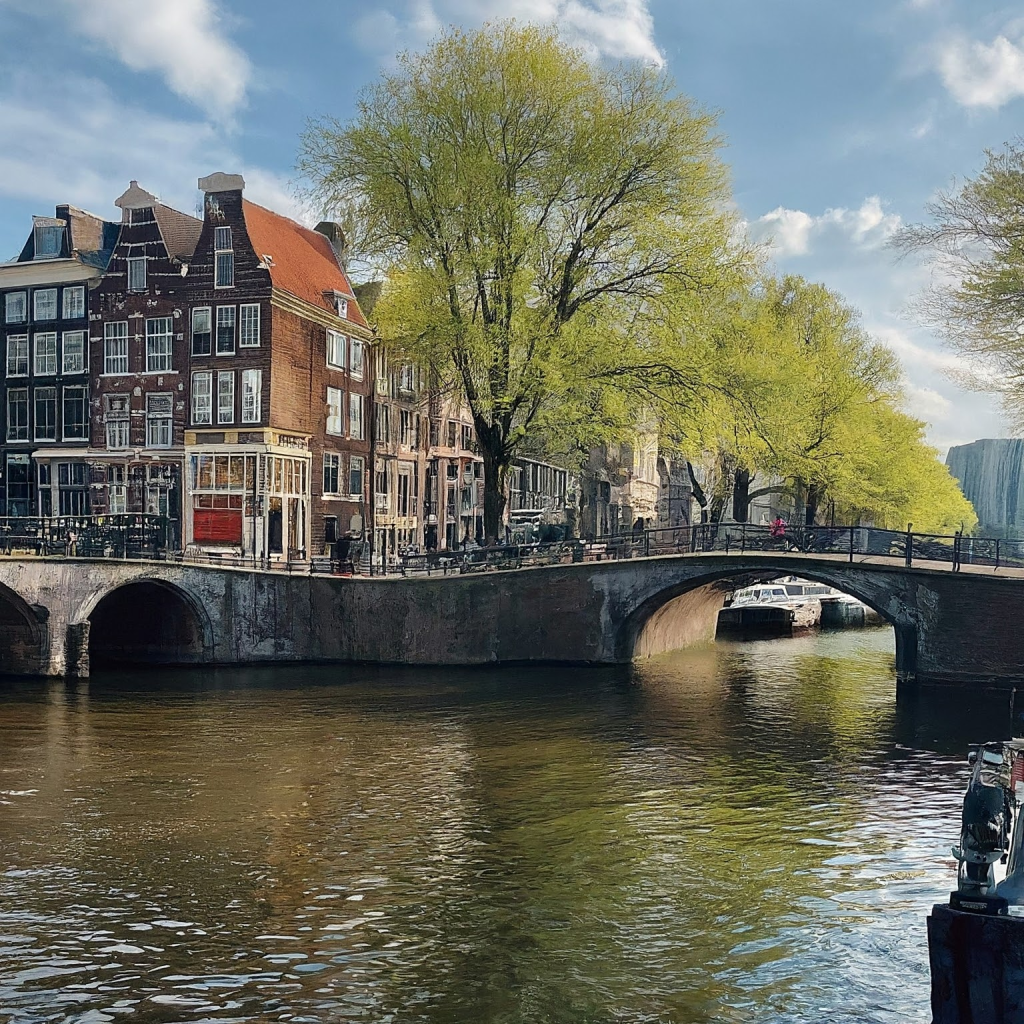Let me spin you a tale of the canals of Amsterdam, where history flows as freely as the water!
Once upon a time, in the city of bicycles and stroopwafels, there were three majestic canals: Herengracht, Keizersgracht, and Prinsengracht. These canals weren’t just waterways; they were the lifeblood of Amsterdam, each with its own distinct personality.
Herengracht, also known as the Patrician’s Canal, was where the wealthy and influential patricians of Amsterdam resided. Picture-perfect mansions lined its banks, each one more opulent than the last. Legend has it that if you listen closely on a quiet night, you can still hear the echoes of their extravagant parties drifting across the water.







